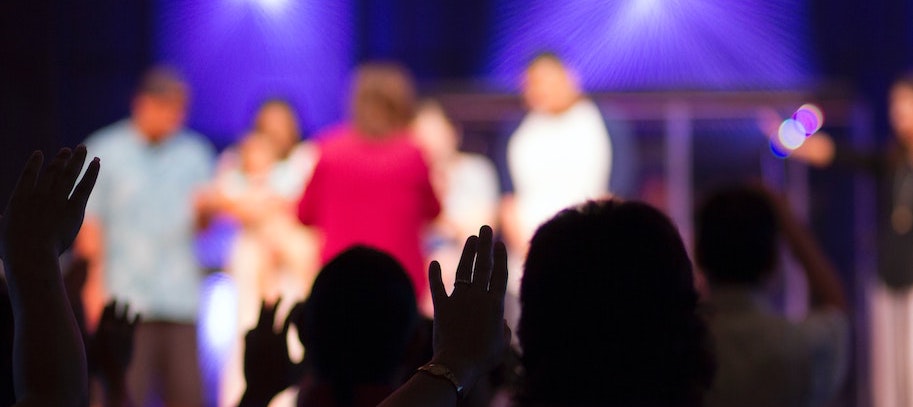
Engagement through Dialogue
Using dialogue and engagement as tools for organizational, community and societal change.
I help the community and other groups come together in meaningful ways that increase engagement and help them design and move towards their co-created future. My role as a convenor or facilitator is to engage and bring “strangers” together in a way that births possibilities.
My focus is on using a process design whether I am creating space for facilitation, mediation, and negotiation and deciding on the forms of conversation and discerning the nature of the challenge, from simple to complex. I seek to explore with clients the nature of their challenges from another lens of Polarity and Conflict, and from Conflict and Marginalization. My context is believing and exploring conflict as a crisis in human interaction in organizations, teams and communities.
While every gathering is unique, with goals specific to the groups involved, my approach to convening is rooted in methods and philosophies that evolved over the course of my diverse 30-year career. I keep the following guiding principles in mind as I meet with groups:
- The invitation is crucial and needs to include space for dissent as well as consent
- The “no” needs to be invited, heard and respected
- We need to ask the question, “Who is missing?”
- We need to bring consciousness to the question, “What do people need to feel safe?” and focus on how to welcome, connect with and engage others, especially those who may feel disengaged, so everyone feels like they belong
- We will cherish all those who come to a gathering, whether they are there to consume or to participate/contribute
- Small group engagement is always the most powerful form of engagement
- We’re not here to fix or solve problems, we’re here to listen and understand
- The power of a single question
- We need to bring awareness to the ways in which we are influencing and shaping the autonomic nervous system of the people we’re talking to
- Living in complex times requires an understanding that our work is about tomorrow as well as today, it’s about the inside out and the in-between
“Martin’s greatest strength is his ability to connect and build positive relationships. [Through planning sessions Martin helped organize] we successfully collaborated with our agencies all across the province to collectively set a value-based future direction for our child welfare system.”
Jay Rodgers
CEO, General Child and Family Services AuthorityEngagement Design and Facilitation – Visual Collaboration
Visual collaboration is a very powerful tool and creates a visual language to improve communication and collaboration by accelerating team and community dialogue, engagement and ownership within a range of settings including meetings, strategy sessions, project planning, innovating, challenge identification and solving or managing, and community organizing.
The result of this process is that people working together become smarter and more focused where they ‘draw together they learn together.’
I utilize visual collaboration approaches and techniques from simple to complex in the areas of:
- Organization DNA
- Envisioned structure
- Community tension and conflict
- Community planning
See the video below for an example of my dialogue and visioning process with a community group, the Manitoba Alliance of Direct Support Workers.
Read about some of the community engagement projects I’m currently involved in here or contact me to discuss the needs of your own group and how I can be of service to you.
“[Martin’s] passion for developing proactive, compassionate and just community leadership is inspiring. His insights into community leadership models are deep, fluid, and constantly evolving.”
Community Engagement Client
Martin has enhanced many collaborative opportunities to create brave and safe spaces designing all types and forms of engagements (using tools and various engagement and collaborative methodologies), for example:
- General Child and Family Services Authority Summit;
- New Canadian Initiative Community Cafes throughout Manitoba;
- New Canadian Awareness and Education Symposium;
- Visual collaboration and planning for Canadian Muslim Women’s Institute and Manitoba Construction Sector Council;
- Asset Mapping within the Ethiopian/Eritrean, South-East Asian Muslim and the Filipino Communities;
- Community planning engagements within the Punjabi community (in development);
- Wisdom of Hardship’s World Values Day two international engagements in 2020 and 2021;
- Manitoba Filipino community “Envisioning the Future” Summit;
- Manitoba Federation of Non-Profit Organizations various summits and “Collective Impact” engagements; and
- The Winnipeg Roundtable to the Council of the Federation: The Provincial and Territorial Road to Poverty Eradication Summit;
- The coalition of Manitoba Cultural Communities for Families numerous working groups, Roundtables (Child Wellbeing and Domestic Violence), and other cultural community engagements with policymakers and service providers;
- “Engaging the Disengaged” Dialogue Series[1];
- “Mapping Culture and Values” staff engagement with a Winnipeg Health Clinic to establish their purpose, core values, and ways to describe their envisioned future;
- Multiple engagements with organizations to create a map of their culture, and develop methods to integrate culture champions within the organizations’ culture;
[1]Statistics, Science and Public Policy XXII: Privilege, Privacy and Priorities, ed. A.M. Herzberg. Kingston, Canada: Queen’s University, Article title: “Why those who are privileged need to pay attention to those who are not” Co-authored by Jon M Gerrard and Martin I Itzkow (FRSA)
You can also read more about my dialogue-based approach to engagement design and facilitation on the My Thoughts page, under the Community/Engagement category.
